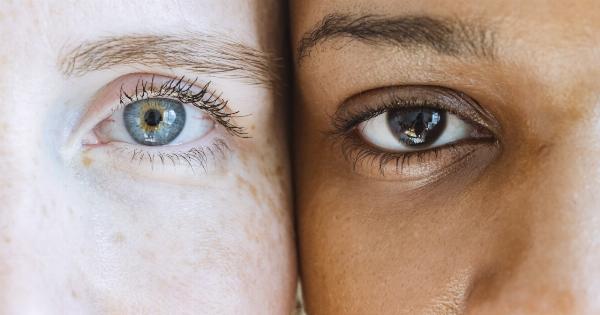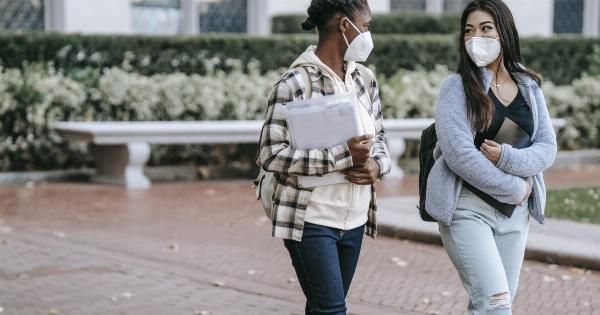Smoking is not just a bad habit; it’s a dangerous addiction that can cause severe lung and eye problems. It’s a major public health concern worldwide, causing a myriad of health issues, both short and long-term.
Despite the health risks of smoking, millions of people around the globe still smoke cigarettes, cigars, and pipes, often unaware of the dangers they are exposing themselves to.
How Smoking Affects Your Lungs
Smoking has become a significant cause of lung diseases over the years, and lung cancer is one of the most fatal and feared among them all.
It increases the risk of chronic obstructive pulmonary disease (COPD), which includes chronic bronchitis and emphysema. People who smoke are at a higher risk of developing COPD and are more vulnerable to developing respiratory infections and colds. Smoking can also cause lung cancer and can worsen asthma symptoms in people who have asthma.
The chemicals produced by cigarettes can be harmful to the lungs, causing damage and inflammation. Over time, the damage can lead to the formation of scar tissue, making it harder for the lungs to function efficiently.
Smoking reduces lung capacity, causes shortness of breath, and increases the risk of developing lung infections.
How Smoking Affects Your Eyes
Smoking can also cause damage to your eyes, leading to a host of vision problems. Studies have shown that smoking can increase the risk of age-related macular degeneration (AMD), the leading cause of blindness in individuals over the age of 50.
The chemicals in cigarettes can damage the retinal cells in the eyes, causing vision loss and blindness.
Smoking can also increase the risk of developing cataracts, a clouding of the lens of the eye. The lens of the eye is responsible for focusing light onto the retina, and if it becomes cloudy, it can result in blurry vision and sometimes even blindness.
Smoking accelerates cataract formation and increases the risk of developing it at an earlier age.
The Effect of Secondhand Smoking on Lungs and Eyes
Secondhand smoke or environmental tobacco smoke is the smoke that is inhaled involuntarily from other people smoking around you. It is a mixture of smoke from the burning end of a cigarette and the exhaled smoke from smokers.
Secondhand smoke contains harmful chemicals, and it can be just as hazardous to the eyes and lungs as primary smoking.
Exposure to secondhand smoke can lead to a variety of lung and eye problems, particularly in children. Children who are exposed to secondhand smoke are more vulnerable to respiratory infections such as pneumonia, bronchitis, and asthma exacerbations.
They also have a higher risk of developing cataracts and other eye disorders.
How to Quit Smoking
Quitting smoking is not easy, but it is crucial to reduce the risk of developing lung and eye problems. Nicotine, the primary addictive substance in cigarettes, can make quitting a challenging task for many smokers.
However, overcoming the addiction is well worth the effort to improve long-term health. There are many resources available to help smokers quit smoking, including nicotine replacement therapy, such as nicotine gum and patches. Many people also seek help through support groups, counseling, and medication.
The Final Verdict
Smoking is a hazardous habit that can cause severe lung and eye problems.
It’s a significant public health concern that can lead to chronic obstructive pulmonary disease, lung cancer, age-related macular degeneration, cataracts, and other serious health issues. Quitting smoking is the best thing to do to reduce the risk of developing these conditions. It’s never too late to quit smoking. Talk to your doctor about quitting, or seek help through various resources available to help you quit smoking.






























